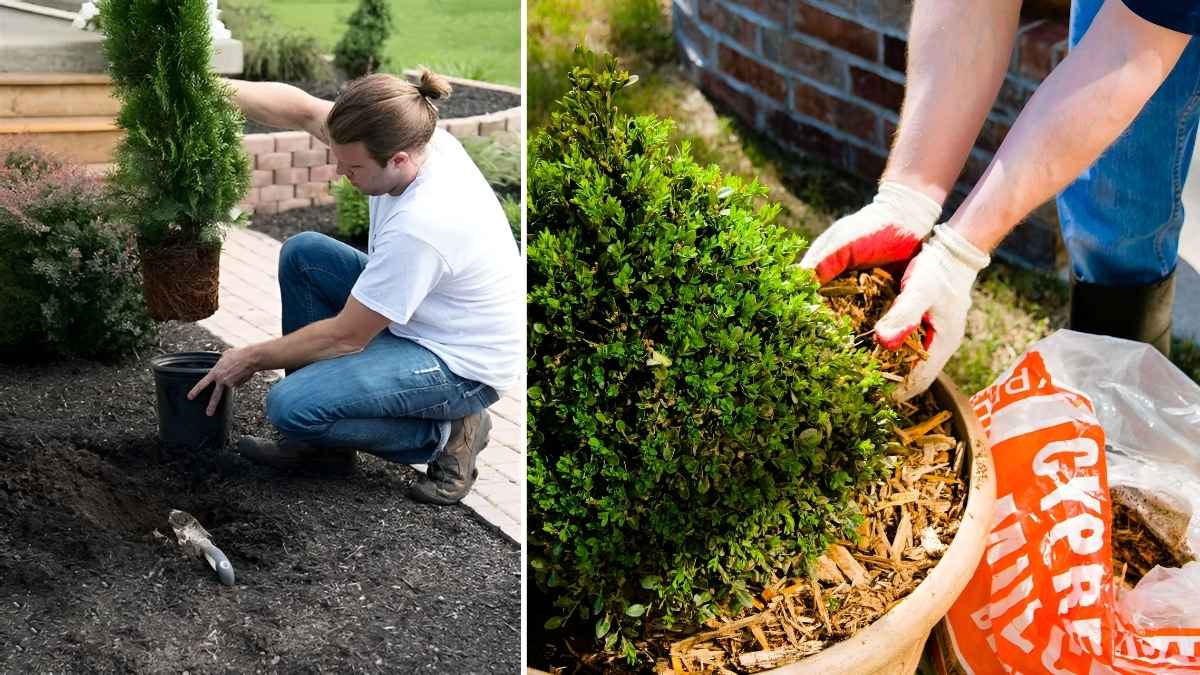As the days get colder and shorter, your container plants may start to struggle. Unlike garden plants that grow in the ground, container plants are more exposed to cold air, freezing temperatures, and sudden changes in moisture. Their roots can freeze more quickly, and without the right care, some may not survive the winter.
But don’t worry by preparing early and following a few simple steps, you can protect your container plants and help them grow back strong in the spring.
Know Which Plants Need Extra Care
Not all plants react to winter the same way. It’s important to understand how much cold each plant can handle.
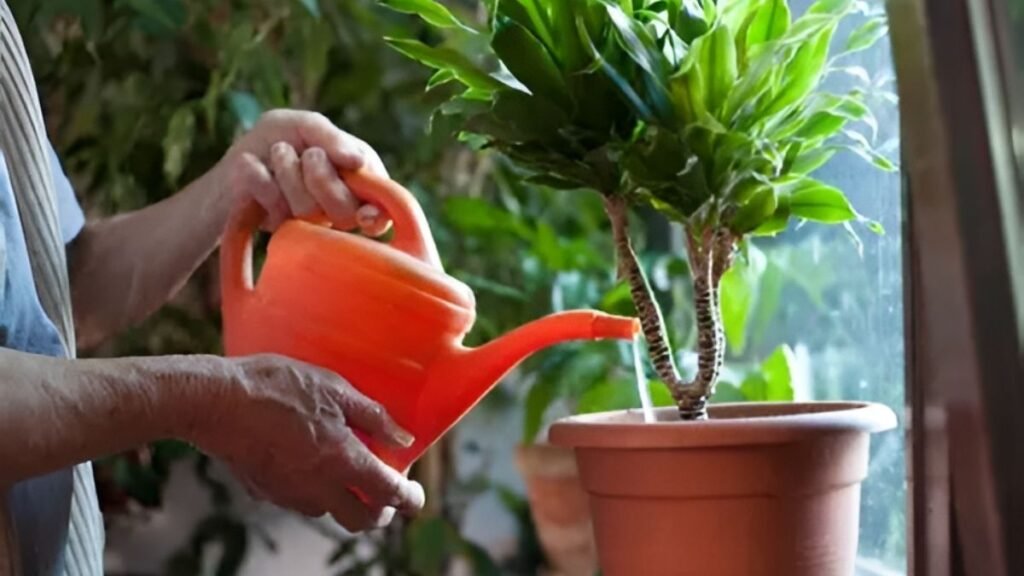
- Tropical plants and soft perennials
Can’t handle frost at all. These need to be brought indoors or kept in warm places.
Examples: Hibiscus, Bougainvillea, Banana plants - Semi-hardy plants
Can manage light frost but need protection when temperatures drop too low.
Examples: Geraniums, Snapdragons, Lemon balm - Hardy plants
These can survive outdoors in winter with just a little protection.
Examples: Lavender, Hostas, Heuchera
Tip: Use your local plant zone guide or check plant labels to know which plants should stay outside and which need to come inside.
Choose the Right Spot for Winter
Where you place your pots in winter makes a big difference.
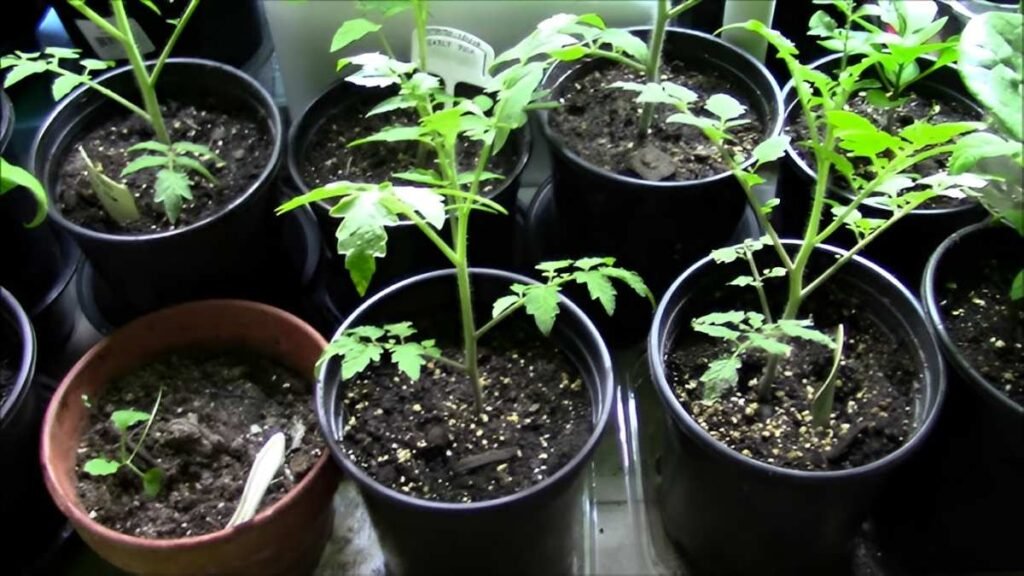
If You’re Moving Them Indoors:
- Keep them in a cool, bright spot like an unheated porch, garage with windows, or a sunroom.
- Avoid placing them near heaters or vents. Too much warmth can confuse the plant and cause weak growth.
If They Stay Outside:
- Place them close to walls or fences to block wind.
- Choose a south-facing spot to get the most sunlight during the day.
- Group several pots together. This helps them stay warmer by creating a shared microclimate.
Insulate Your Containers Properly
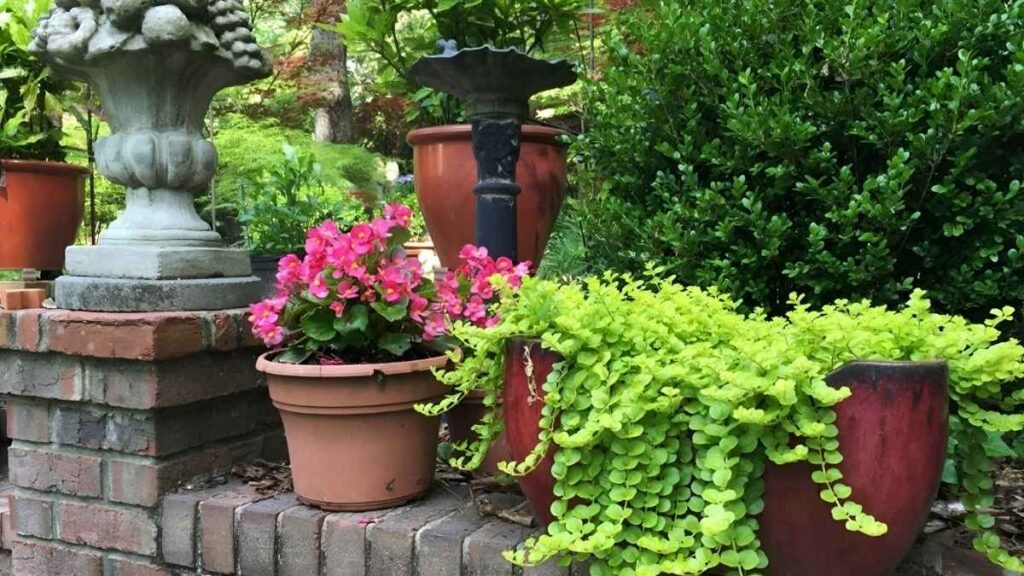
The roots in a pot are more exposed to freezing than those in the ground. Insulation helps protect them.
- Wrap the pot using materials like bubble wrap, burlap, or fleece.
- Use a double pot system: Place the plant’s pot inside a bigger one and fill the space with straw, dry leaves, or old cloth.
- Lift pots off the ground by placing them on wood, bricks, or pot stands. This keeps them from touching cold surfaces.
- Add mulch like bark chips or dry leaves on top of the soil to protect the plant’s base.
Water the Right Way in Winter
Plants need less water in winter, but they still need some moisture to stay alive.
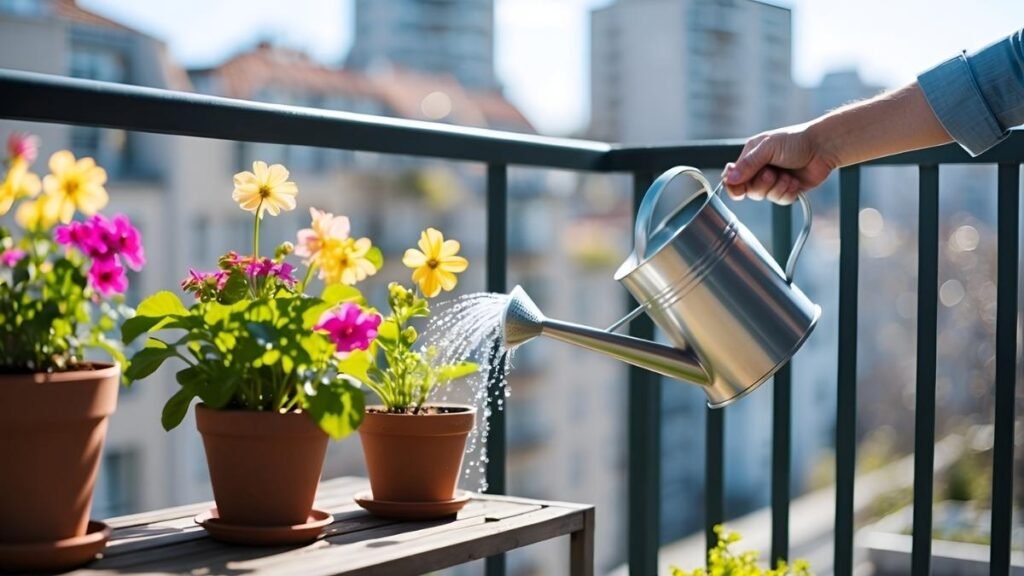
- Check the soil every few days. If it feels dry 1–2 inches below the surface, it’s time to water.
- Water in the morning so that any extra moisture can dry up during the day.
- Avoid standing water make sure pots have drainage holes, and don’t let water collect in saucers.
- Don’t fertilize in winter unless your plant is actively growing indoors. Most plants rest in winter and don’t need feeding.
Tip: Use room-temperature water to avoid shocking the roots.
Trim and Clean Plants Before Winter
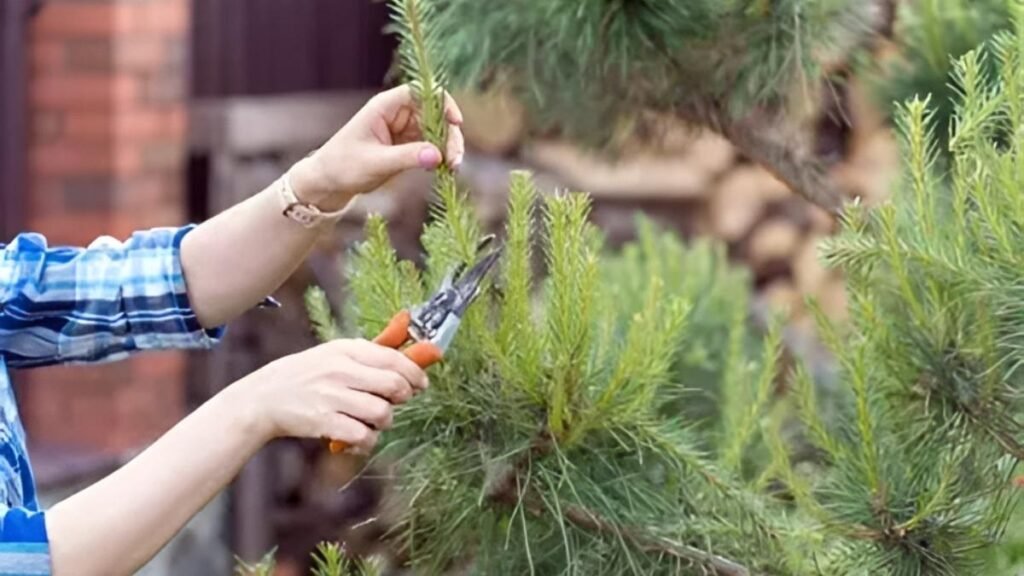
Before moving your plants or insulating them, give them a quick cleanup.
- Cut off dead, dry, or diseased leaves and stems.
- Lightly trim long branches to reduce breakage during wind or handling.
- Inspect for bugs and remove any pests hiding in the leaves or soil.
This keeps your plants healthy and reduces the chance of diseases spreading during winter.
Watch the Light and Temperature
Light and temperature matter a lot during winter, especially for indoor plants.
- Tropical plants prefer temperatures between 55–65°F (13–18°C). Keep them away from drafts or cold windows.
- Hardy plants can stay cooler but still need some sunlight.
- Place pots near bright windows or use grow lights for 8–10 hours a day if sunlight is limited.
Tip: Turn the pots every week so all sides of the plant get light and grow evenly.
Special Tips for Tropical and Delicate Plants
Plants that love warmth need extra attention.
- Bring them inside before the first frost.
- Keep humidity up using humidity trays (a shallow dish filled with water and pebbles) or a humidifier.
- Cut back watering and avoid fertilizers until spring.
If you don’t have space inside, consider using a temporary greenhouse or cold frame.
Why Proper Winter Care Is Worth It
Putting in the effort to overwinter your plants has big rewards:
- Saves money: You don’t need to buy new plants every spring.
- Protects rare or sentimental plants.
- Gives you a head start: Healthy overwintered plants grow faster and bloom earlier in spring.
- Keeps your garden full and beautiful year after year.
Mistakes to Avoid
A few common errors can hurt your plants more than help.
- Leaving roots exposed to the cold
- Watering too much and causing root rot
- Fertilizing in winter, which leads to weak, frost-sensitive growth
- Not checking for pests before bringing plants indoors
- Keeping plants in dark corners, which causes stretching and weak stems
Final Thoughts
Taking care of your container plants in winter doesn’t have to be complicated. If you know what your plants need, place them in the right spot, insulate them well, water correctly, and give them some light, they’ll be just fine.
With a little time and effort, your container plants will survive the cold months and come back strong, healthy, and blooming beautifully in spring. Overwintering isn’t just a winter task it’s a way to protect your plants and enjoy your garden longer.

